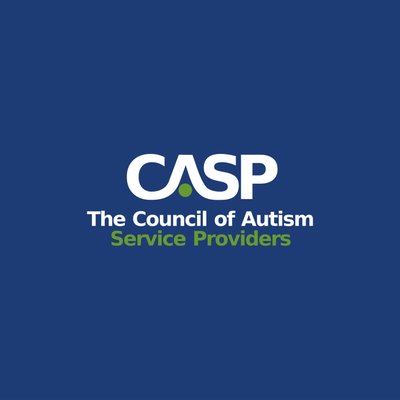BLOG
Welcome to the Golden Care Therapy Blog—your go-to source for evidence-based insights and practical tips on autism and ABA therapy. Explore the latest research, hands-on strategies, and expert guidance designed to help your child thrive at home, in school, and beyond.
Recognizing the early signs and symptoms of autism is crucial for early intervention and support. While autism can manifest differently in each individual, there are some common behaviors that may indicate a child is on the autism spectrum. These early signs may include the following: Not responding to their name by 12 months Avoiding eye […]
Recognizing the early signs of autism in children is essential for early intervention and support. While each child is unique, there are certain indicators that may suggest the presence of autism. Infancy Indicators Children with autism often begin showing signs within the first few months of life. Some infants may exhibit reflux or have sensory […]
Autistic individuals often experience a spectrum of other chronic health issues, which can occur alongside autism. Fibromyalgia is one such health issue that can have a significant impact on individuals with autism. The presence of chronic pain, heightened sensitivity, and other associated symptoms can further complicate the daily lives of individuals with autism. The impact […]
Autism spectrum disorder (ASD) is a complex neurodevelopmental condition that affects individuals in various ways. The term “spectrum” is used because symptoms and characteristics of autism can range from mild to severe, and every individual with ASD is unique. It’s worth noting that autism symptoms exist on a spectrum, which is why the condition is […]
Research suggests that approximately 1 in 4 children and teens with autism who are minimally verbal understand significantly more language than they are able to produce. This finding emphasizes the importance of supporting language comprehension development in individuals with nonverbal autism. It is important to note that understanding language is often a stepping stone to […]
Speech development can be a concern for some individuals with autism. While many children with autism may experience delays in speech and language skills, it’s important not to jump to conclusions about a speech or language delay. After all, each child develops at their own pace, and some may take longer to reach speech milestones. […]
Nonverbal autism refers to individuals who do not communicate using spoken language, including vocalizations or sounds with symbolic meaning. But why exactly are there non-verbal autistic individuals? Let’s explore this topic in further detail. Characteristics of Nonverbal Autism Nonverbal autism is characterized by the inability to speak clearly or without interference. Approximately 25 to 30 […]
Speech therapy plays a crucial role in supporting individuals with autism in improving their communication skills and enhancing their overall quality of life. It usually begins with an initial evaluation conducted by a trained speech therapist. This evaluation helps identify the individual’s strengths and areas needing support in terms of speech and communication. The therapist […]
There are various options available to help individuals with autism thrive and reach their full potential. These therapies aim to address specific challenges associated with autism spectrum disorder (ASD) and support individuals in their development and daily functioning. But which one exactly is the best therapy for autism? Let’s find out. Behavioral Therapies As far […]
Many individuals affected by autism exhibit unique sensory responses to food. Some may avoid certain flavors, food textures, or colors, while others may have strong cravings for specific food types such as pasta or bread. These sensory preferences or aversions can be attributed to their hypo- or hyper-responsiveness to sensory input, including the sensory characteristics […]


